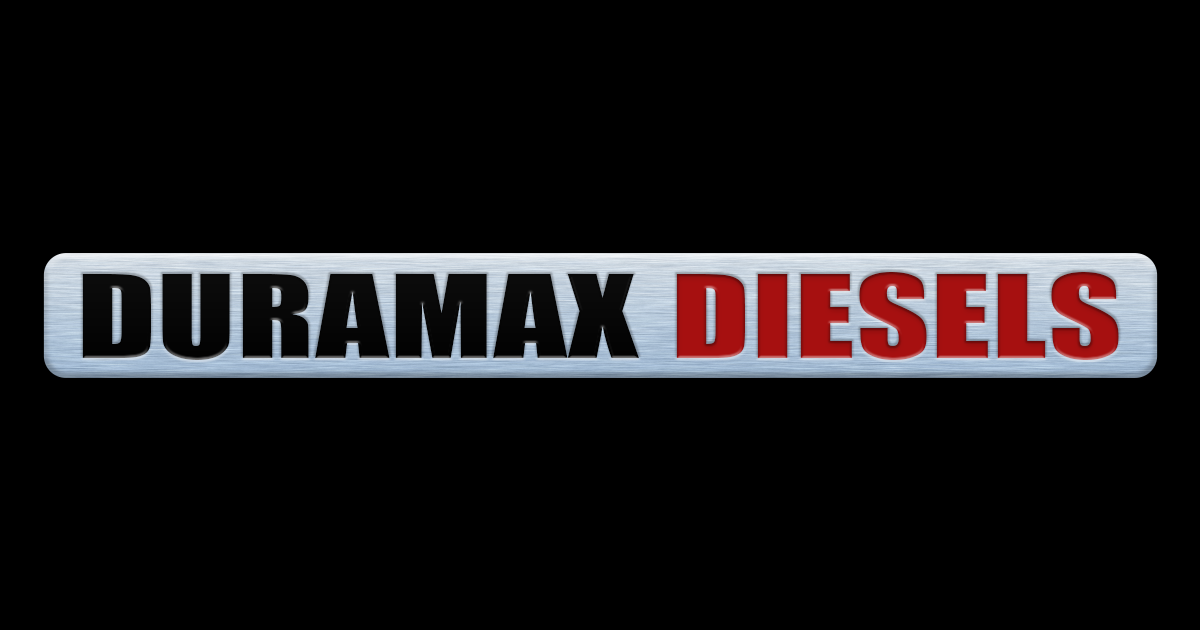Lighting up this old tread again since it's somewhat related to my questions below. And it's not eleven years old as the one below. Which I found was fairly informative on the subject. Back when the price of a good used FICM was less than shops get to replace the $2.00 capacitors in one today...

My main questions are, has anyone here revisited this LB7 to LLY FICM swap approach with any techie hardware like a scope or common J1939 daig tools? Or even just cracked open both type units side by side to compare the guts?
It must be pretty bad out there when people come to me looking for options.. I personally haven't messed with anything LLY since the OG Dmax boat a decade ago.. But that was my first true stand alone build, and I'm pretty certain my GM hacking skills have much improved. From what I hear, sourcing new GM replacements units might be an issue.
So before I go asking buddies to let me hack around on their perfectly good running twenty year old trucks, it would be nice to know if someone has already discovered the answers.
If it's only comm's related differences as previously mentioned, we can likely fiddle with that much easier today. Maybe a simple firmware upgrade would get ya going. If the PCB hardware between them is noticably different, then probably not worth even cracking cases open. But said I'd take a gander, so here I am..

My main questions are, has anyone here revisited this LB7 to LLY FICM swap approach with any techie hardware like a scope or common J1939 daig tools? Or even just cracked open both type units side by side to compare the guts?
It must be pretty bad out there when people come to me looking for options.. I personally haven't messed with anything LLY since the OG Dmax boat a decade ago.. But that was my first true stand alone build, and I'm pretty certain my GM hacking skills have much improved. From what I hear, sourcing new GM replacements units might be an issue.
So before I go asking buddies to let me hack around on their perfectly good running twenty year old trucks, it would be nice to know if someone has already discovered the answers.
If it's only comm's related differences as previously mentioned, we can likely fiddle with that much easier today. Maybe a simple firmware upgrade would get ya going. If the PCB hardware between them is noticably different, then probably not worth even cracking cases open. But said I'd take a gander, so here I am..


